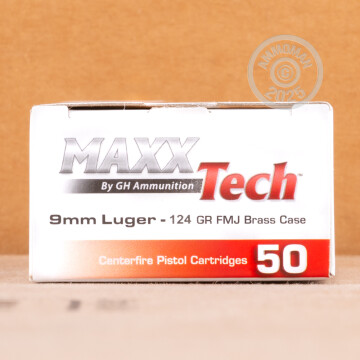Theory And Practice Of The Backup Gun
Murphy’s Law says that if anything can go wrong, it will. Even the most reliable of handguns can run into trouble with bad ammunition, and running out of ammo in the midst of a gunfight means you lose that gunfight, and potentially a lot more. These are just two of the reasons why a backup gun makes a lot of sense to people who carry a defensive firearm.
What Is A Backup Gun?
Simply put, a backup gun is the gun you use when your primary pistol is out of the fight. Typically, it is much smaller in size than your main defensive pistol, allowing it to be carried somewhere other than on your belt. It is also usually either chambered in a less-powerful cartridge than your primary defensive pistol, or it carries significantly fewer rounds than a typical defensive pistol.
The snub-nosed revolver in .38 Special is one of the most popular backup gun options, and has been for decades. It has many features that make it an attractive choice for a backup gun. It’s small and easy to conceal. A revolver can shoot reliably in situations where your muzzle is pressed right up against your attacker or shooting from a pocket that would cause a semi-automatic gun to malfunction. Lastly, it uses the same ammunition as a larger .38 revolver, which came in handy when most law enforcement officers and private citizens carried 38 Special or .357 Magnum revolvers for personal protection.
Changing Times, Changing Pistols
However, the standard police sidearm has changed over the years. Police these days are far more likely to have a semi-automatic Glock 17 or Glock 19 on their hip than they are a Colt or Smith and Wesson revolver. So, the backup gun is changing as well. 9mm pistols such as the Glock 43 or S&W Shield are increasingly becoming accepted as a backup gun by law enforcement agencies.
Armed citizens, on the other hand, see the Glock 43, S&W Shield and similar-sized guns as their primary defensive gun. This means that their backup gun might be another version of the same gun carried someplace else on their body. An even smaller-sized option such as the Ruger LCP 2 or Kel-Tec P3AT is quite popular with armed citizens due to their light weight and compact dimensions. Snub-nosed revolvers such as the S&W 642 and Ruger LCR are also popular with armed citizens. Simple to use, easy to conceal and relentlessly reliable, they soldier on as a backup gun for people from all walks of life.
When Everything Else Has Failed…
Technically speaking, a full-sized defensive pistol is also the backup to a long gun such as a rifle or a shotgun. However, in these cases, the current jargon for a pistol used in such instances is a secondary weapon, as the pistol used is most likely a full-sized service pistol and not a smaller gun like a backup gun. Switching to your secondary gun after your primary gun is a skill we’ll concentrate on at a later date. Right now, we’re talking about switching to another pistol when your main pistol is out of service.
A backup gun is there in case your main defensive handgun is unusable in the fight, whether that is due to a malfunction with the gun or ammo. Having more ammo on you can help with the second problem. Having a gun on you, like a Glock 26, which can use the same ammo and magazines as your first gun, starts to seem like a good idea.
This is why backup guns are quite common among police officers. Their job is to put an (alleged) perpetrator into custody (breathing or not). Quite often, this can mean going hands-on with the bad guy, which can lead to a wrestling match over the officer’s duty weapon. It’s in instances like this that a backup gun is not really optional, but instead is literally the difference between life and death.
Is A Backup Right For You?
But is a backup gun a good idea for the average armed citizen? We already know that the goal of law enforcement is to arrest the bad guy. This is different from our goal as armed citizens. We want to avoid contact with the bad guys, but if we can’t do that, we need to stop the threat using an appropriate amount of force.
This means we don’t chase bad guys, which lowers our chances of getting into a protracted gunfight. In addition to this, bad ammunition is the main reason behind most of the things that can go wrong with our guns. Actual physical breakdowns are few and far between. All of this combined means that for the armed citizen, a backup gun should probably take a back seat to things like a bright tactical flashlight and pepper spray.
A backup gun is your Plan B, and like all Plan Bs, you never know you need it until Plan A fails catastrophically. However, there are limits to what armed citizens can carry on their person and still blend in with society. Understand that if you choose to carry a backup gun, it will most likely be a tradeoff with some other important piece of gear like a tourniquet, flashlight or a knife. A backup gun might not be needed 100% of the time, but when it is needed, there really isn’t a viable replacement. Choose your gear accordingly.





How in the world does not chasing bad guys lower the chances of getting into a protracted gun fight? I’m waiting…